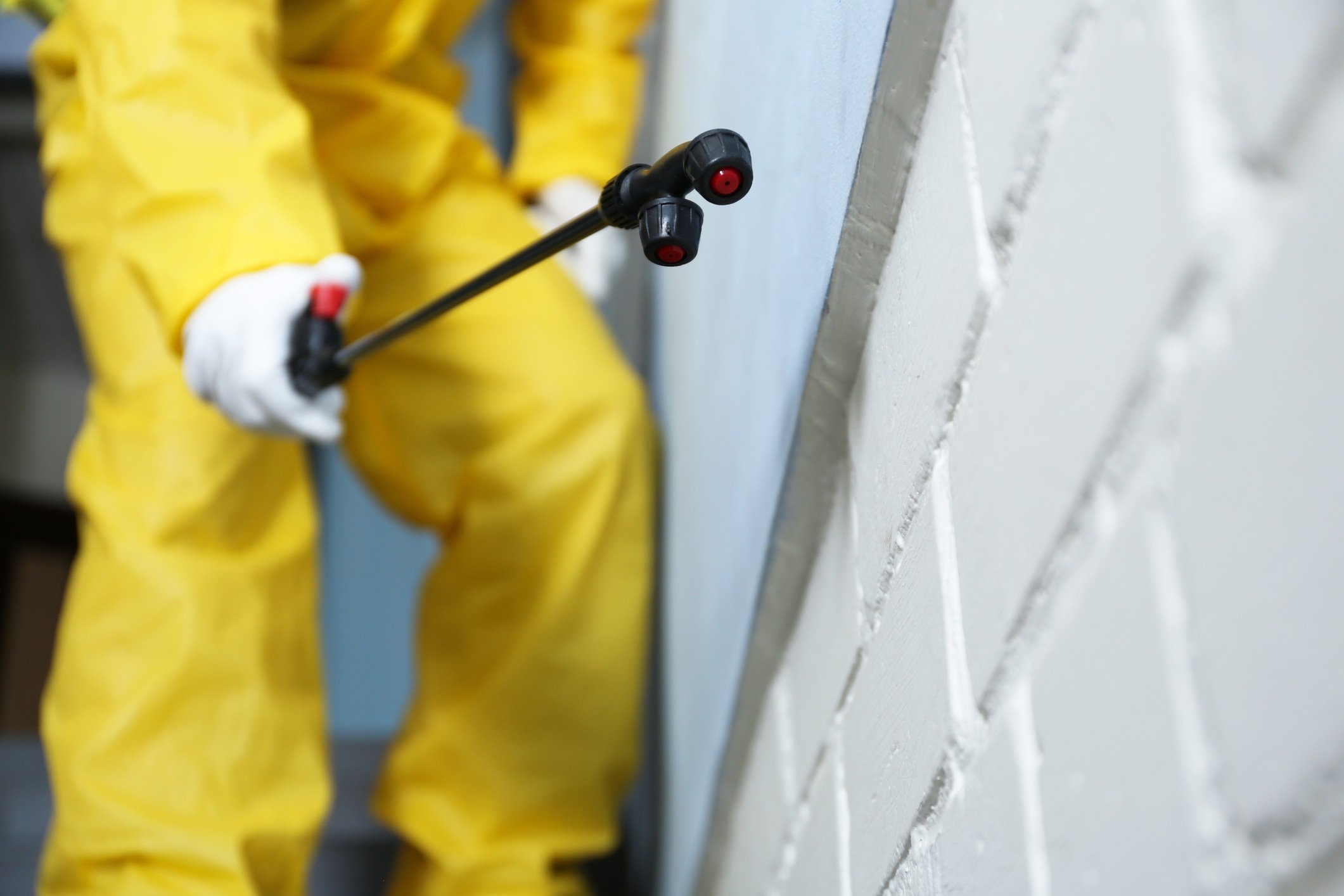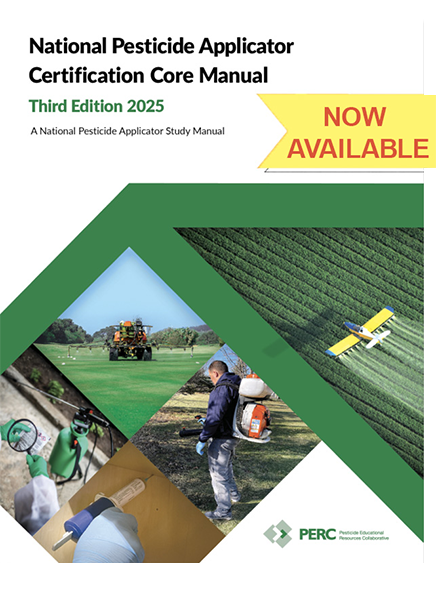
Updated National Core Manual from PERC – Soon in Our Store
View Resource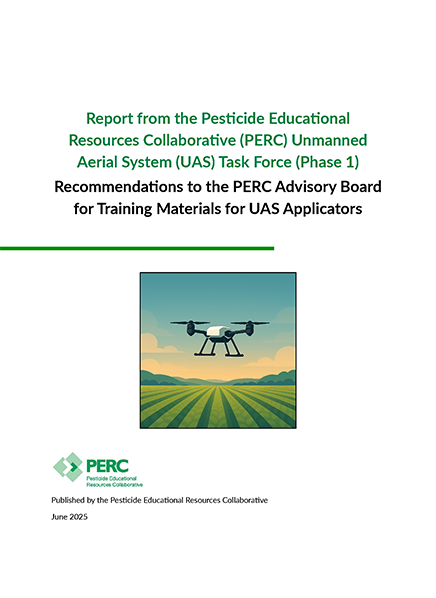
Unmanned Aerial System (UAS) Task Force Training Material Recommendations
View Resource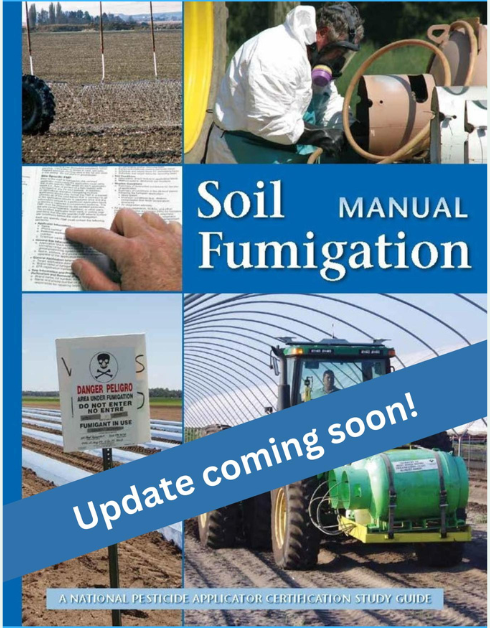
Coming Soon: Updated Soil Fumigation Manual and Exam Bank
View Resource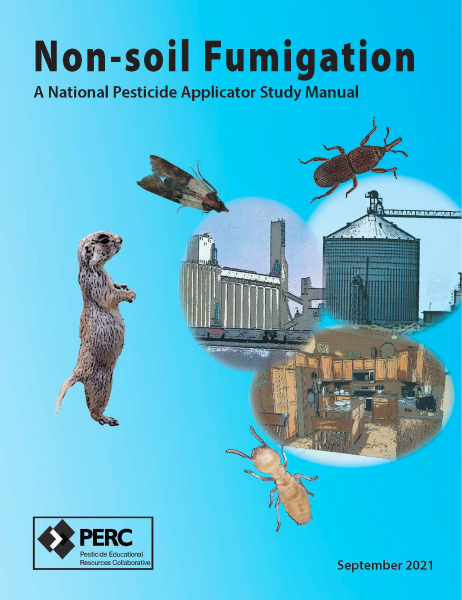
Non-Soil Fumigation: A National Pesticide Applicator Study Manual & Exam
Private Pesticide Applicators
View Resource
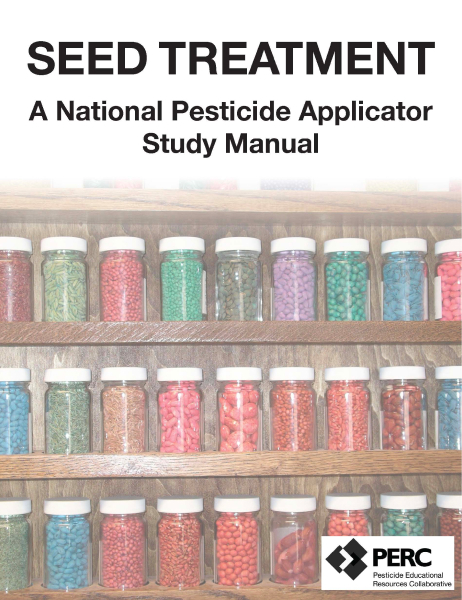
Seed Treatment: A National Pesticide Applicator Study Manual & Exam
Private Pesticide Applicators
View Resource
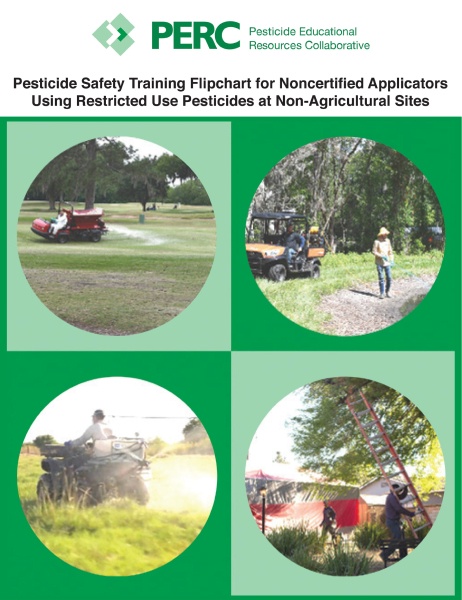
Pesticide Safety Training for Noncertified Applicators Using Restricted Use Pesticides at Non-Agricultural Sites
Commercial Pesticide Applicators
View Resource
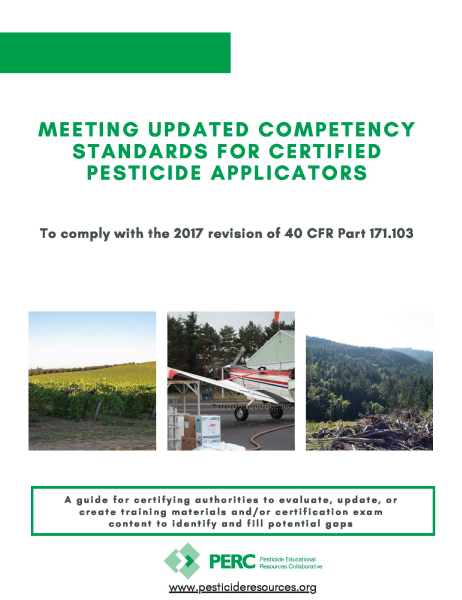
A Guide for Meeting Updated Competency Standards for Certified Pesticide Applicators
Commercial Pesticide Applicators
View Resource
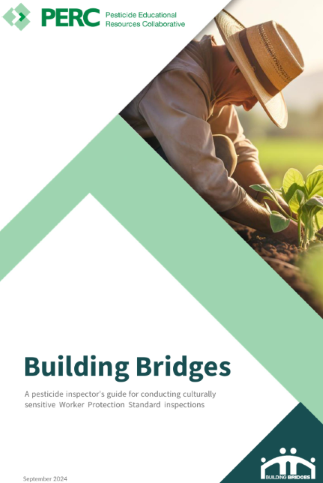
Building Bridges Cultural and Language Barriers During WPS Inspections
View Resource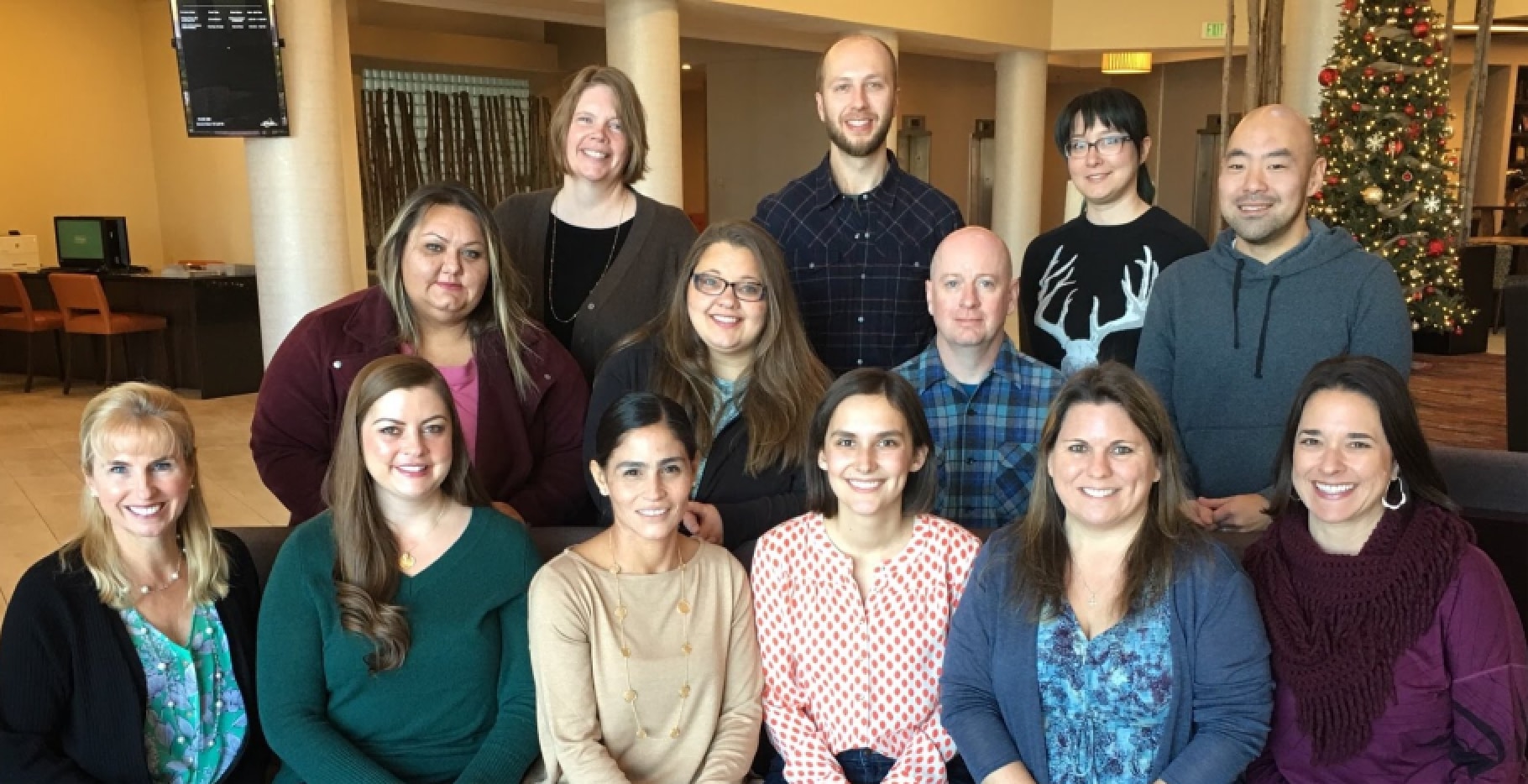
Meet Our Advisory Board
The PERC Advisory Board includes expert educators, certification authorities and farmworker advocates from across the United States. They steer PERC activities to achieve its objectives, identify under-served audiences, and fill resource gaps. Their advisory role is essential to ensure that PERC resources are used where and when they are most needed to prevent pesticide impacts on human health and the environment.
